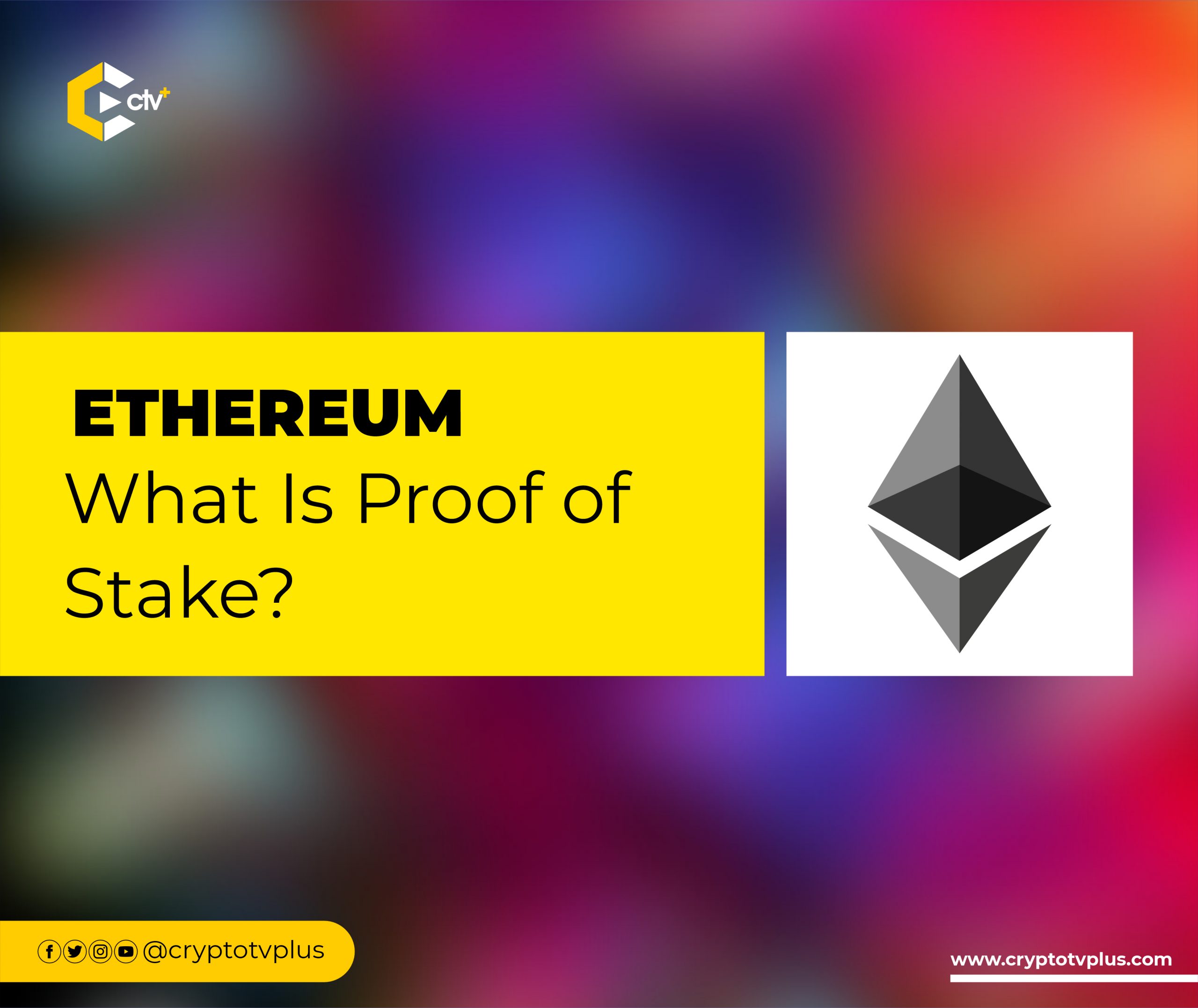Education
Ethereum: What Is Proof-of-Stake?

It is no longer news that the Ethereum blockchain has just migrated from the Proof-of-work mechanism to the proof-of-stake mechanism. Since this merge has been completed, the Ethereum blockchain now makes use of the proof-of-stake consensus mechanism to approve new transactions. This also reduces the blockchain’s energy consumption rate. As the second largest blockchain, it is important to know the proof-of-stake consensus mechanism and how it functions.
What Proof-of-Stake (PoS)?
Proof-of-Stake is a consensus mechanism in the crypto space that is used to process transactions and create new transactions in a blockchain. As a consensus mechanism, PoS is a method to validate entries into a blockchain (distributed ledger) database and keep the blockchain (database) secured.
As an alternative to the proof-of-work mechanism, proof-of-stake reduces the amount of computational work needed to verify blocks and transactions that keep the blockchain secured. To become eligible to be a validator – an entity that does what miners do on the network (which is verifying transactions), it’ll have to stake Ether. Once their ETH has been staked, these validators are randomly selected to mine or validate the block. The random selection of who gets to mine or validate a block replaces the competition-based mining in the proof-of-work mechanism.
Hence, Ether owners who stake their coins on the Ethereum blockchain to validate transactions and create new blocks are called validators.
According to a publication on Ethereum’s official site, to be a validator, the entity must stake 32 ETH into the deposit contract. In addition, the validator must run three separate pieces of software. “An execution client, a consensus client and a validator.”
One of the future upgrades is the introduction of shards which will scale the network’s efficiency. Here, a validator will verify the transactions and add them to a shard block to be attested to by at least 128 validators. When shards are validated and the blocks are created, two-thirds of the validators must agree (consensus) that the transaction is valid. Once this has been done, the block is then closed. The shard upgrade is slated to launch in 2023.
However, the running of a non-validating node is open to anyone. The 32 ETH is only applicable to validating nodes.
The key difference between Proof of Work and Proof of Stake
Although both mechanisms synchronize data, validate information, and process transactions on a blockchain, they both have different approaches to carrying out these duties.
The proof-of-work mechanism makes use of creators called miners. To verify transactions and create new blocks, miners have to solve complex mathematical puzzles. To solve these puzzles, miners make use of hardware computers that consume a lot of power.
On the other hand, creators in the Proof-of-stake mechanisms are called validators. Validators monitor transactions, verify activity, vote on outcomes, and maintain records by depositing the required amount.
On the proof-of-stake mechanism, validators receive a percentage of transaction fees as rewards while miners on the proof-of-work mechanism receive block rewards.
Read Also:
Security
Although the threat of a 51% attack accompanies the proof-of-stake consensus mechanism, it has been shaped in a way that it has become riskier for the attacker to perpetrate such acts. A 51% attack refers to a situation where a validator who owns 51% of the staked coins in a blockchain uses the influence to alter and manipulate the blockchain in their favour. To check this, once this attempt is discovered, the whole 51% staked shares will be seized and forfeited.
Conclusion
The Proof-of-stake mechanism advocates for an eco-friendly environment. This is why it has reduced energy consumption by 99.9%. This transition by the Ethereum blockchain is the beginning of the different upgrades that will take place on the block. Other upgrades such as the Surge, The Verge, The Purge, and The Splurge are scheduled to also take place on the Ethereum blockchain in the coming months and these will boost how network’s operational capacity.















Pingback: Ethereum: What Is Proof-of-Stake? by Micah Bamigboye – CryptoTvplus Events: NFT, DeFi, Bitcoin, Ethereum, Altcoin Events
Pingback: ETH & ETHW will be the same in 10 years --Chandler Guo | CryptoTvplus: DeFi, NFT, Bitcoin, Ethereum Altcoin, Cryptocurrency & Blockchain News, Interviews, Research, Shows
Pingback: How to Setup Ethereum PoW (ETHW) on Metamask | CryptoTvplus: DeFi, NFT, Bitcoin, Ethereum Altcoin, Cryptocurrency & Blockchain News, Interviews, Research, Shows